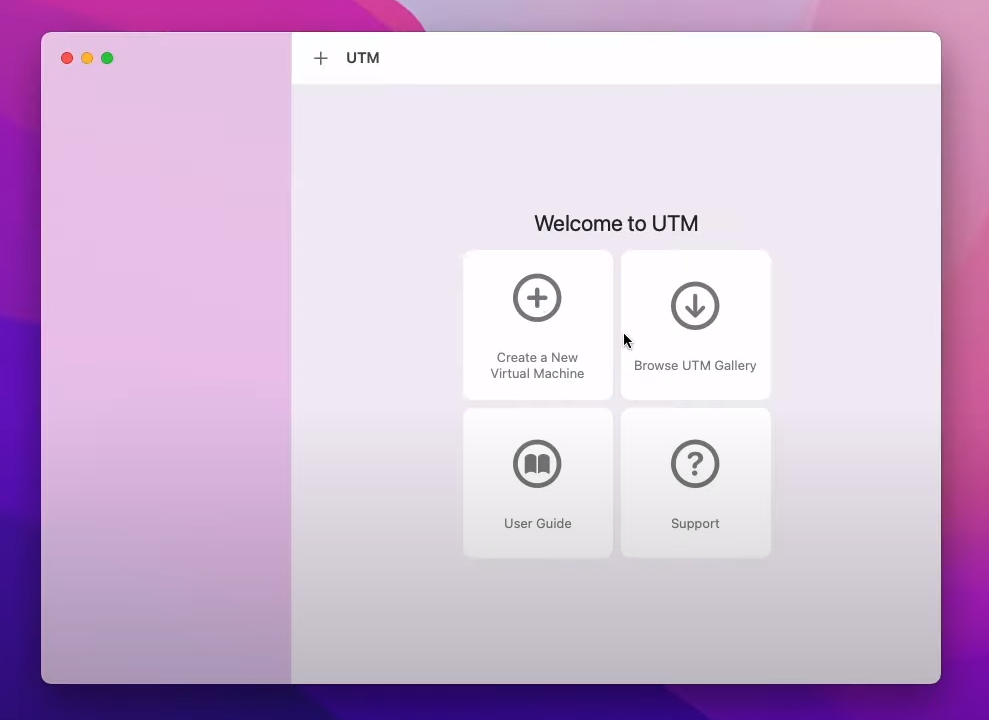

Vagrant prefers a maximalist style, install everything on the one virtual machine and get it all going together. If you want more processes, Docker wants you to create more containers. Docker's ideal is a minimalist setup, with just enough to run the single process you need. My experience with linux is limited but there's not much help out there for this issue so I'm doing my best.ĭocker and Vagrant have very different philosophies about how you should run your development setup. After shaving at least three seperate yaks, and configuring a monstrosity I got it all running! Here's some lessons I learned.ĭisclaimer: I am very much not a linux / ops / devops person. So over the next three days I dive into documentation, I frantically search the web for "vagrant docker M1" and "vagrant docker config" and "vagrant docker network issue" and "vagrant docker systemctl". I'm in a bit of a pickle.īut! Never fear! I can see that Vagrant also supports Docker. The preferred alternative is a product by VMWare which also doesn't (yet) support Apple Silicon. It's unclear whether Virtualbox will ever support Apple Silicon.

Virtualbox very much doesn't support Apple Silicon. This application requires a service which is run using Vagrant on Virtualbox. NPM installs everything fine, my python packages all install and both the backend and frontend are running, too easy! Then I hit an issue. So I sit there on my first day ready to get started. "Wow" I thought, this will be seamless, incredible. I'd heard from the wider community that everything "just works" on the M1, even though it's not an Intel chip. I'd recommend using the default settings, and if for some reason that's not enough, you can tinker with it later.I've recently started at a new job, and I'm fortunate enough to have a new M1 Macbook Air. Apple's unified memory and M1 chipset are so good that with the default 4GB of RAM, Windows 10 ran fine on my Mac. It's all a very straightforward process, right? While I browsed the different settings for VM resources, I didn't adjust any myself. In any case, you're good to go with Windows 10 on your Apple M1 Mac. Now, Windows on ARM actually pulls down the 圆4 app (no, they're not ARM64, as that would make too much sense) and it runs in emulation. These apps were quite literally made for Windows phones.īut Apple Silicon doesn't support 32-bit ARM apps, simply because there haven't been 32-bit ARM apps in the Apple ecosystem in ages. This isn't even about legacy support, as there's never been a 32-bit Windows on ARM PC. That's because this 64-bit ARM version of Windows 10 ships with 32-bit ARM versions of its built-in apps. Up until fairly recently, these apps just didn't work. One thing to take note of is that pretty much every Windows 10 built-in app is going to tell you that it's updating before you can open it.


 0 kommentar(er)
0 kommentar(er)
